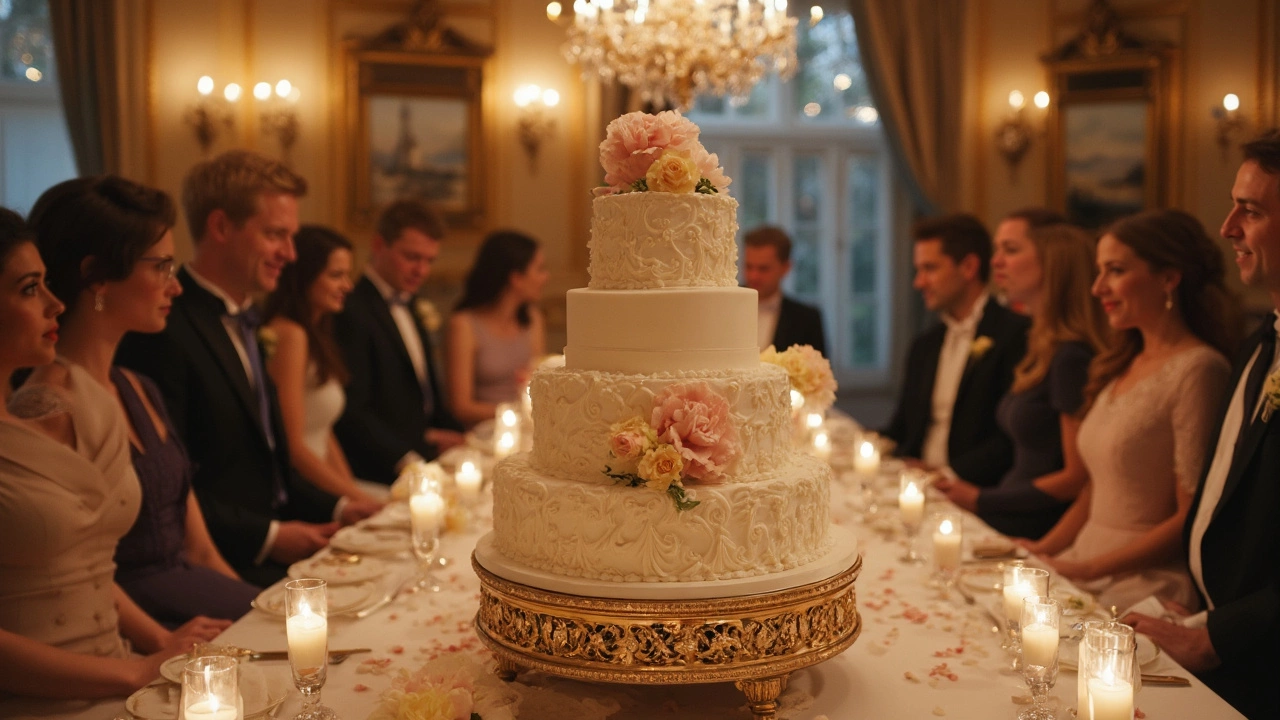Fondant Wedding Cakes: What You Need to Know for Your Bristol Big Day
Thinking about a smooth, glossy cake that can be shaped into any design? That’s fondant. It’s the go‑to sugar paste for couples who want bold colours, intricate details, and a polished finish without spending a fortune on a pastry chef’s time.
First up, know the basics. Fondant is a mix of sugar, gelatin, and a few food‑grade ingredients. It rolls out like dough, drapes over the cake layers, and holds up to flowers, ribbons, and even figurines. The result is a surface that looks like a cake from a bakery catalogue, but you can still taste the cake underneath.
Choosing the Right Fondant for Your Wedding
Not all fondant is created equal. Pre‑made tubs from supermarkets are cheap, but they can be too stiff or taste overly sweet. If you want a smoother finish and a milder flavour, order a custom batch from a local Bristol sugar artist. They’ll tailor the texture to your climate – Bristol’s damp autumn air can make generic fondant crack if it’s not right.
Ask yourself these quick questions before you buy:
- Do you need a vegan or gluten‑free version? Many Bristol bakers now offer plant‑based fondant.
- What colour palette are you using? Some colours look natural straight from the tub, while others need a food‑grade dye.
- How many layers will the cake have? More layers mean you’ll need a sturdier fondant to support the weight.
When you speak to a fondant specialist, mention your venue’s temperature. A wedding in a heated hall needs a firmer fondant than an outdoor summer ceremony.
Practical Tips for Working With Fondant
Even if you never rolled fondant yourself, a few simple tricks can keep things smooth. Keep your work surface clean and lightly dusted with cornstarch – too much can dry the fondant out, too little makes it stick.
Roll the fondant to an even thickness (about 3‑4 mm) and use a rolling pin with a smooth surface. If you see cracks, smooth them with a little vegetable shortening on your fingers. For a glossy shine, brush the finished cake with a light coat of edible glaze right before guests arrive.
If you’re adding fresh flowers, remember that some can wilt on fondant. Choose sturdy blooms like roses, orchids or eucalyptus, and attach them with a dab of buttercream underneath the fondant to keep them in place.
Finally, store the cake properly. Wrap it in a cake box, then a clean kitchen towel, and keep it in a cool room (about 18‑20 °C). Avoid the fridge unless you have a very hot day – condensation can make the fondant sticky.
Ready to find a fondant pro in Bristol? Look for vendors who showcase their work on Instagram, have clear pricing, and offer a taste test of their buttercream. A quick chat will give you an idea of how flexible they are with design changes.
Whether you go for a pastel ombre, a bold geometric pattern, or a classic white elegance, fondant lets you bring any vision to life. Use these tips, pick a reputable Bristol supplier, and your cake will be the sweet centerpiece you both imagined.
Wedding Cake Icing: A Sweet Decision
Choosing the right icing for a wedding cake is more than just a matter of taste—it's a chance to elevate the design and make a statement. From buttercream's creamy texture to fondant's sleek finish, different types of icing can significantly change the cake's appearance and flavor. Knowing the variety available helps couples make the best choice for their special day. This article explores the main types of icings used on wedding cakes and their unique characteristics.
View More